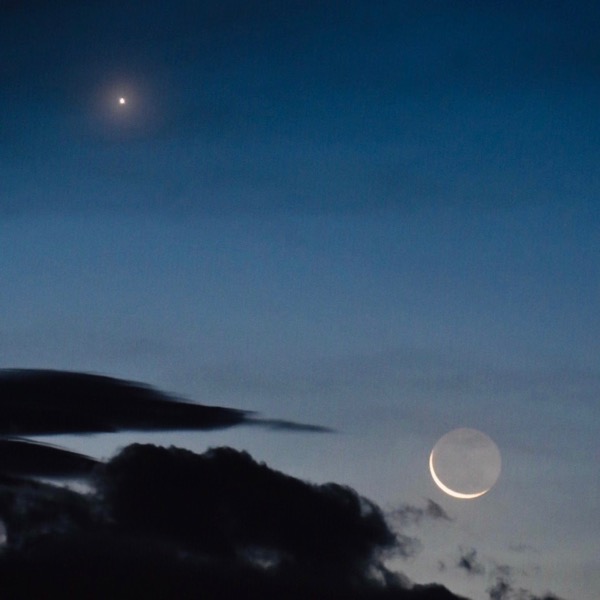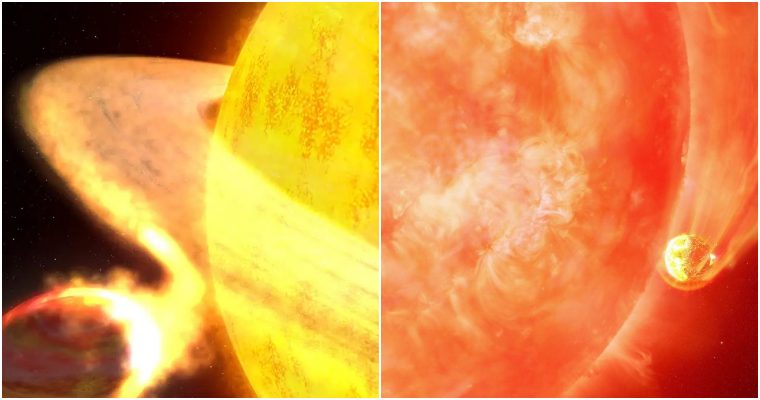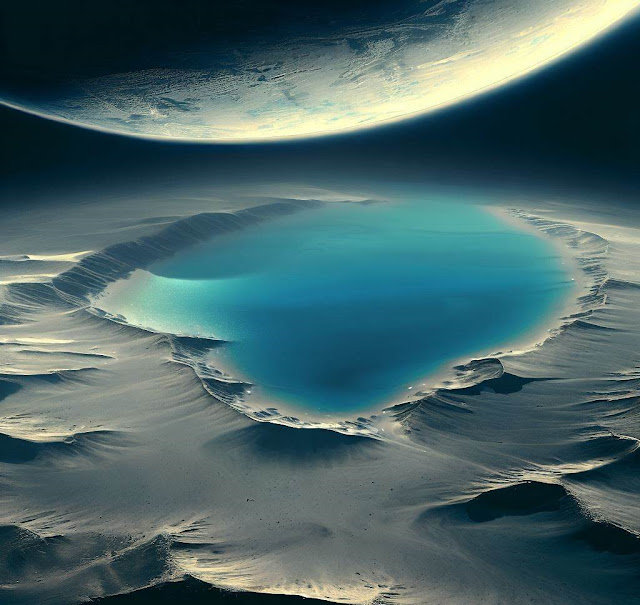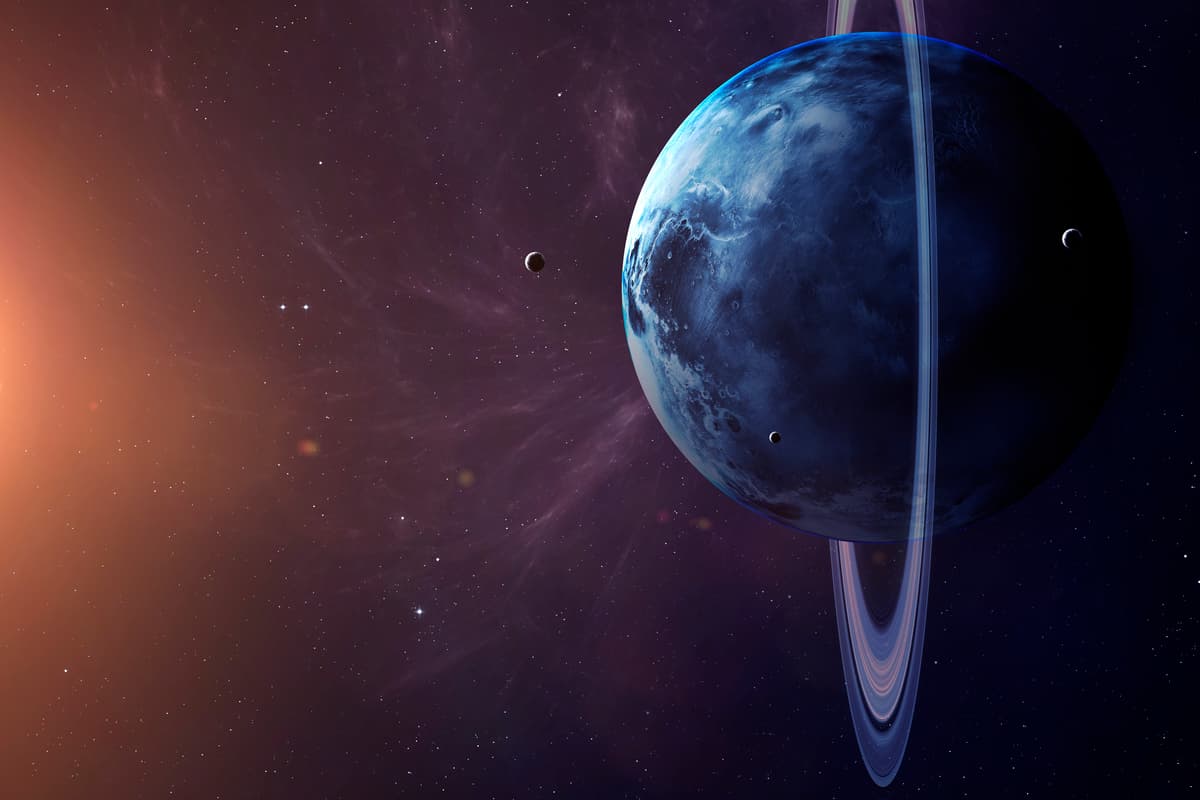Uranus is an unusual planet with a humorous name and it has been discovered that the planet spins on an unconventional axis, which means its magnetic field essentially opens and shuts. In short, Uranus leaks gas every 17 hours.
Uranus spins on its side at nearly 98 degrees from its plane of orbit, and this is unusual when compared to most planets which rotate relatively close to their plane of orbit. The magnetic field of the planet also deviates from the norm and is at a 59-degree angle from the rotational axis. The combination of all of these factors makes the magnetosphere of Uranus very odd.

Due to the unusual magnetosphere, the planet allows solar winds to blow through when it enters at the right angle. Scientists anticipate that such an angle would occur once every 17 hours. Interestingly the passing of gas could also give the planet an aurora.
This gas flow was discovered after Xin Cao and Carol Paty from the Georgia Institute of Technology modelled the magnetosphere of Uranus. The results of the model also coincided with previous evidence found by NASA’s Voyager 2.
When the Voyager 2 surveyed Uranus of the course of five days in 1986 it shed light into the unusual planet, and Paty explained:
We caught a glimpse of a mystery when we flew by. We went inside Uranus’s magnetic field and suddenly it didn’t look like Earth or Jupiter or Saturn at all.
They later explained that it was affirming that the model had similar findings to that uncovered by Voyager 2. However, another mission may be required to gain further insight into the magnetosphere.

George Hospodarsky of the University of Iowa has noted:
The real test would be sending an orbiter there and getting lots of data in different conditions and seeing if the model still matches.
It has yet to be confirmed when such a study would be undertaken, but many will hope to find out more about the strange planet and its magnetosphere soon.








